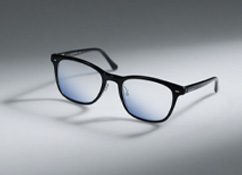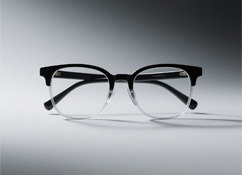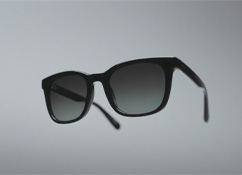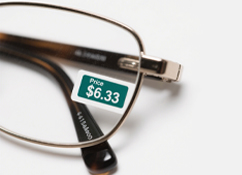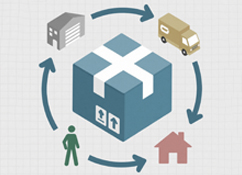Ever wondered if pilots can wear glasses? Or why they always seem to have two pairs? For years, myths about “perfect pilot vision” have overshadowed the real story. The truth? Many commercial pilots rely on glasses — and their eyewear is all about safety, not just style. Let’s break down the little-known facts about pilots and their glasses.
Contrary to popular belief, “perfect uncorrected vision” isn’t a hard requirement for commercial pilots. China’s Civil Aviation Administration (CCAR-67FS) allows pilots to fly with corrected vision: uncorrected distance vision must be at least 0.7 in one eye and 1.0 when both eyes are used together. If one eye falls below 0.7 uncorrected, candidates can still qualify with additional checks. But here’s the non-negotiable rule: any pilot who wears prescription glasses must carry a spare pair — within easy reach — during every flight.
Why? Imagine turbulence knocks your glasses off mid-flight, or a lens cracks while adjusting the cockpit window. Without a backup, a pilot’s ability to read altitude gauges, spot other aircraft, or navigate through clouds could be compromised. The spare pair isn’t just a box-ticking exercise — it’s a lifeline for keeping flights on track. And it’s not just about emergencies: different light conditions (blinding runway lights, hazy cloud glare) mean a second pair helps pilots adapt quickly, reducing eye strain and keeping their focus sharp.
You’ve seen pilots in sunglasses in movies and at airports — but those shades are far from a fashion statement. At 30,000 feet, UV radiation is 2–3 times stronger than on the ground, and cockpit windows don’t block all of it. Pilot sunglasses are designed to block 100% of UVA/UVB rays, protecting eyes from long-term damage like cataracts or macular degeneration.
Then there’s glare: sun reflecting off clouds, metal surfaces, or even the plane’s windshield can temporarily blind a pilot — a split second that could be dangerous. Polarized lenses cut through that glare, letting them read navigation screens, monitor fuel levels, and scan the sky for hazards clearly. And for long-haul flights? Hours of staring at bright instruments or dry cabin air can cause eye fatigue and dryness. Sunglasses add a barrier against wind and harsh light, easing strain and keeping eyes comfortable for 10+ hour trips.
Wait — even pilots with perfect uncorrected vision sometimes use glasses? Yes! Some pilots wear non-prescription “computer glasses” to reduce blue light from cockpit screens, while others opt for lightweight frames to block dust or wind during takeoff/landing. For pilots who fly at night, yellow-tinted glasses can enhance contrast in low light — helping them spot runway lights or terrain more easily.

From mandatory spare pairs to UV-blocking sunglasses, every piece of a pilot’s eyewear serves a critical safety purpose. The next time you board a flight, take a moment to notice: that pilot’s glasses aren’t just an accessory — they’re part of the unsung gear that keeps you safe in the sky.
Stay tuned for more insights into the hidden world of aviation!






